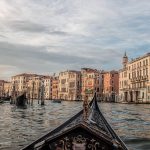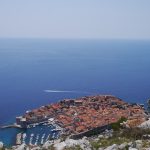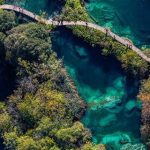Need a lift to Plitvice or Krka this summer?
The summer season has officially begun in Split, and with the busy season ahead, we know you’ll be trying to pack in as much as you can. One thing we imagine you’ll be doing for sure is visiting one of two of Croatia’s most famous national parks – Krka and Plitvice Lakes. But if you’re torn between which park to visit on your limited time here, how do you choose? Allow us to help.
Plitvice Lakes National Park is located in the Like-Senj and Karlovac County of Croatia and is one of the oldest national parks in the country. Famous for making travel must-visit lists for years, and easily considered the 8th wonder of the world, Plitvice Lakes National Park was founded in 1949 and added to the UNESCO World Heritage List in 1979. The park extends over 296.85 square kilometers and boasts 16 cascading and interconnecting lakes which are the famous feature – and they cover around 2 kilometers of the park itself! Ranging in colors from blues, greens, and grays, you’ll be hard-pressed to see anything else as special on your Croatia visit.
Plitvice Lakes are visited by more than 1 million visitors a year – and yes, the summer is the busiest time. Not terribly far away from Split, Plitvice can be visited from the Dalmatian capital in around 3 hours on a good day, though you should plan a full day (at least) to visit as much of the park as you can. A bit pricey in the summer, a ticket to this famous park will set you back 250 kuna (33 euro).
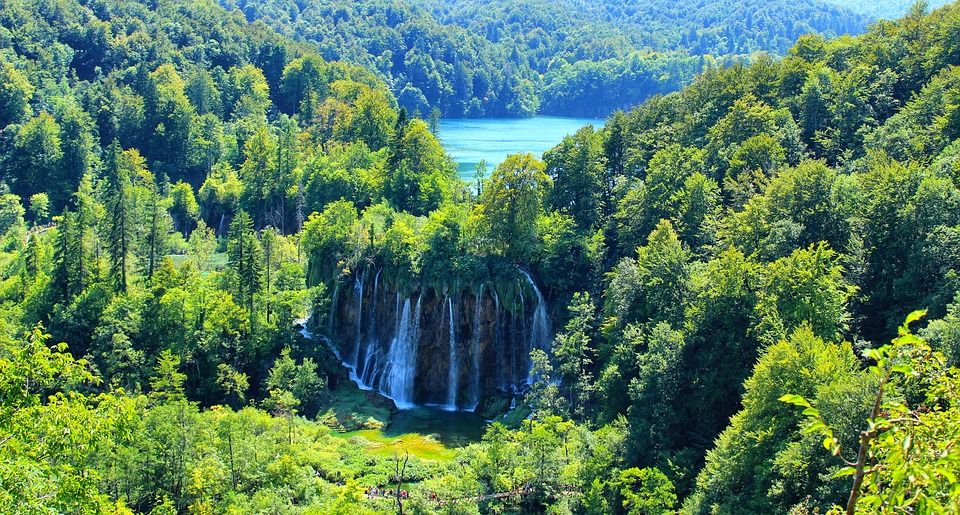
Pixabay
Krka National Park, on the other hand, is much closer to Split, and can be visited in around an hour from Dalmatia’s largest city. Just a few kilometers northeast of the city of Šibenik, Krka National Park runs along the lower part of the Krka river. Proclaimed a national park in 1985, Krka was named the seventh national park in Croatia. Krka is perhaps most famously known for Skradinski Buk, a high waterfall with clear and natural pools that yes, you can swim in, unlike at Plitvice Lakes. Another attractive part of this park is Roški Slap, which is the sixth waterfall of the Krka River. The park also includes the Serbian Eastern OrthodoxMonastery Krka which was founded in 1345, and the town of Skradin, which can be found at one of the park’s entrances, is famous for ‘Skradin risotto’ – a 12-hour slow-cooked risotto with veal and rooster and topped with cheese from Pag. It is an absolute must-have on any visit to the area! Now, while getting to Krka is a lot quicker from Split than to Plitvice, visiting the entire park will set you back 200 kuna (27 euro) in the summer.
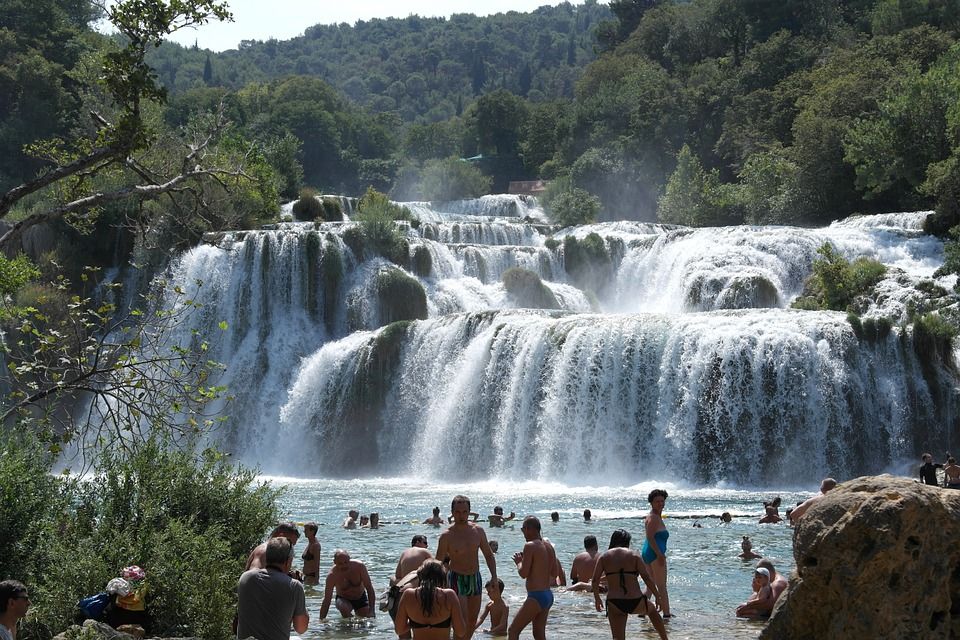
Pixabay
Because taking a bus to either park will easily double the amount of time from Split, and because daily car rentals in the peak summer season can easily make a 100 euro dent in your wallet – how would you choose to travel to Plitvice or Krka?
Lucky for you, choosing a private transfer is the most painless way of getting there – and Solo Transfers is certainly the most trusted company in the region. With door-to-door service, friendly and professional drivers, and fixed rates (so you won’t get snubbed in the end), Solo Transfers can accommodate your needs through family-sized vehicles or minibuses that can seat up to 8 passengers – and if you’re traveling with luggage? No problem!
Booking ahead is encouraged, and wherever you need in a ride in Croatia – Solo Transfers will take you there.
Check out Solo Transfer’s full offer here.


